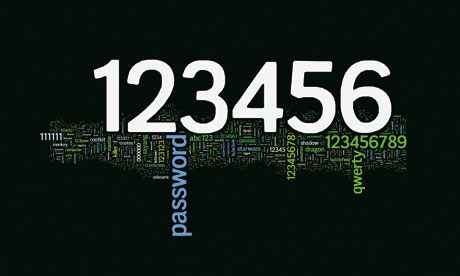- opening a document
- changing the page setup from the default portrait to landscape
- adding text
- making text box borders visible (+ selecting colour)
- adding WordArt
- inserting + resizing images
- cropping images
- grouping and ungrouping objects
- changing the order of objects, eg sending an image to back sets it as your document background
- using the taskbar to change the background
We will be creating a menu for your Come Dine With Me dinner party, in a booklet (an A4 landscape document split in two).
First we'll create a list of what goes into a good menu - we can use some of these examples to help with this.
STEPS IN THIS TASK:
- Note the features of a good menu
- List your 3-course menu (starter, main, dessert - if you want to extend yourself you could add vegetarian options!)
- Find + save (or copy/paste into your document) photos for each course
- Set up a new landscape A4 blank document
- Set it to 2 columns (see the screenshot below!) - splitting your page creates two panels. (Alternatively we could try some of the brochure entries from the new document section of the task pane)
- Insert another page (so you have 4 panels to work with; if you don't you only have 2 panels to work with)
- Pick a background - and apply it to both pages!
- Use some scrap paper to roughly sketch out/list what will go on each panel
- Design the front panel
- Check off the key features as you do them: cover page (the invite, a pic of your home [any house will do]), menu (each course with photo/s), map + directions to your house, dress code or theme, arrival/start time etc)
 |
| Photos of the food, a nice cover? |
 |
| Again, photos of the food feature! |
1:FOOD DETAILS:
- the 3 courses
- key ingredients of each course (+ if something like a curry, the type of curry)
- any accompaniments (eg rice, potatoes [roast, boiled, mashed etc], salad)
- vegetarian alternatives could be given
- info on whether nuts, dairy or gluten has been used for allergy sufferers
- pictures of the food
- funny names might be given, eg Colin's Curry or Larry's Lasagne
- cola, fruit juice, blends etc
- no need to use your actual address, any Ilkley street address would do
- use GoogleMaps to create a map (take a screenshot using the Capture programme: START - ALL PROGRAMS - ACCESSORIES)
- there is often a theme (eg the 1950s, Disney characters etc) or a dress code (eg black tie, evening wear, ... Disney characters/fancy dress! etc)
- you could illustrate this with a picture
- although the programme wouldn't, you could also add contact details if you wish - though with e-safety in mind, again don't use your actual contact details!
 |
| More detail/choices on this, but note the nice logo + contact details! |
 |
| Pic of the place, nice subheadings - but this wouldn't work in a one-fold brochure! |
Here's some reminders of how to access certain Publisher tools:
CREATING 2 COLUMNS
CHANGING YOUR BACKGROUND COLOUR/PATTERN
EDITING WORDART TEXT
CHANGING THE PAGE SETUP TO LANDSCAPE



















